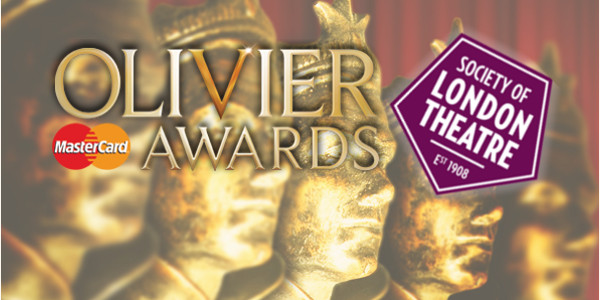To:
Alan Davey, Chief Executive, Arts Council England
From:
Action for Children’s Arts
Theatre for Young Audiences UK
Dear Alan Davey,
We are writing on behalf of the membership organisations, Theatre for Young Audiences UK (TYA UK) a member of Global Association ASSITEJ and Action for Children’s Arts (ACA), who between them represent more than 400 independent artists and organisations committed to the arts for children and young people.
We are writing to raise our collective concerns about the positioning of the arts for young people in the recent This England report.
As an artistic community dedicated to developing the arts for, by and with children and young people, we welcome the centrality of Goal 5 in the Arts Council’s 10 year Strategic Framework. We share your belief that every child and young person should have the opportunity to experience the richness of the arts. We also share your concerns about the provision of non-core arts subjects in the curriculum, as drama and theatre particularly, become increasingly marginalised within schools.
In Great Art and Culture for Everyone, Goal 5 is defined in terms of actions and outcomes focused on the ambition that children and young people have the best current and future artistic lives they can have and that ‘they are able to develop their artistic capabilities and engage with, and shape, the arts’.
We support the view that the arts should be a holistic and enriching part of childhood, not just skewed to educational and participatory activities. There is no doubt that the centrality of children and young people’s entitlement to culture within the strategy is a significant move forwards.
However, the opening statement under Goal 5 of the This England report reads as follows:
“Children and young people represent both the creative talent of tomorrow, and our future audiences” (pg 29)
Whilst this statement is true, the fact that no other entitlement of children is outlined, which recognises children as creative beings; as participants, as artists, as decision makers as well as audiences, now, is hugely problematic.
Fundamentally, as you know, arts experiences at their best are a way of investigating and understanding our world and our feelings and children and young people’s engagement is no less important, we would argue more so, than that of those older than them.
For those of us who are fortunate enough to work in this field, there is little doubt that quality early arts experiences inspire hearts, challenge minds and awaken imaginations in a profound way. The role of young people as ‘future audiences and future talent’ is disappointingly regressive and significantly out of kilter with ACE’S own Great Art for Everyone and with the artistic community who know and understand the value of work for, by and with children and young people.
Documents such as This England are important statements about the role of culture in our national life and influence the policies that will shape our cultural diet in the future. We therefore ask you to review this articulation of policy and recognise that our shared primary objective should be to provide children and young people with art of the highest quality because it should be a crucial and enriching part of everyone’s childhood.
We look forward to your response.
Yours sincerely,
David Wood OBE, Chair, ACA
Steve Ball, Chair, TYA England
Nina Hajiyianni, Chair, TYA UK
On behalf of the membership of TYA UK and ACA.

